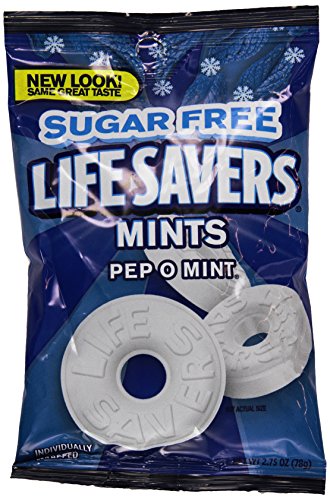Read more . . .
The Myths And Truths Of Living With Diabetes
It can be difficult to adjust your lifestyle if you’ve been used to the same behavior for years. Changing certain habits is a necessity if you have been diagnosed with diabetes. Read up on a few good ways in which you can handle your affliction.
The number one thing to keep in mind when you’re diagnosed with Type II Diabetes is that it’s not the end of the world! You will be able to live a long, healthy life with this condition as long as you take the steps necessary to keep it under control.
Almonds are a great snack to eat between meals that will help to maintain normal levels of blood sugar. Unsalted almonds are full of fiber, protein, and other nutrients, which are extremely healthy for you to ingest. Have some handy so you can munch on them when it’s time for a snack.
If you want to eat healthier to help overcome your Diabetes, but you just can’t stomach fish without some pops of flavor on it, try capers! They’re like olives in their flavor, but smaller and zestier. You can sprinkle them on any type of fish, I like to also add some slices of Spanish onion, and they take the place of sauce.
If you suffer from diabetes and you are going to exercise, it is important that you check your blood glucose afterward. Strenuous activity can cause your body to burn off blood glucose and if your body does not have enough glucose, you can develop hypoglycemia. If your glucose levels are too low, try eating foods that have carbs to raise your glucose levels.
You must consider fruit and high-glycemic index vegetables very carefully when planning a diet for Diabetes. Many fruits contain a LOT of sugar, which can affect your blood glucose adversely. Vegetables can cause the same problems, especially in juice form, including carrots, peas, and corn. Try to stick to low GI items like broccoli or apples which are rich in fiber.
If you have been diagnosed with Diabetes – keep a diet diary! This is a handy tool! A diary will allow you to track what and how much you are eating. It will also help you detect a pattern you may have for a certain craving at a particular time of the day. You will be able to see which foods cause your blood glucose level to spike. Perhaps you can make some tasty alternatives that will not have such an effect on your Diabetes? Doing so will help you to avoid any unnecessary headaches.
Don’t eat the “white” foods if you have Diabetes. This includes white flour (pasta, bread, etc.), white rice, and white potatoes. These all contain carbohydrates but don’t provide enough fiber or protein to help break them down in your body so you’ll avoid a massive blood sugar spike after eating them.
To decrease your risk of developing diabetes, quit smoking. Smoking raises your blood-glucose levels, which significantly increases your risk of developing type 2 diabetes. Quitting smoking can lead to weight gain, which also increases your diabetes risk, but diet and exercise is an easy way to tackle that issue. Anyone with a family history of diabetes should be sure not to smoke.
Be sure you have a bedtime snack. This will help to make sure you have enough glucose to get you through the night and that your glucose is stable while you sleep. It will also help to make sure you don’t feel the need to get up at night and raid your fridge.
Improperly managing your diabetes and blood sugar levels can lead to binge eating and overeating. Failure to accurately assess your body’s individualized responses can lead diabetics to continuously eat for fear of allowing their blood glucose levels to dip below acceptable and healthy levels. Diligent monitoring can give you a more accurate assessment than your feelings of fullness.
Don’t be surprised when you find your blood sugar levels soaring directly after having very low glucose. This is caused by one of two factors: your body responds to low glucose by releasing hormones, and you may actually be eating or drinking more than is necessary in response to lowered glucose levels. The next time, try to drink or eat half of what you normally do, then check the levels again after a half hour.
You can reduce your risk of diabetes by losing weight. The more overweight someone is, the more likely they are to develop type 2 diabetes. If you are someone who is at risk, make sure to change to a healthier diet and start exercising more so that you can prevent this disease.
Here is a tip that benefits not only someone with diabetes, but anyone else. Regular exercise is important to maintain a healthy body weight, as exercise burns off excess body fat. Aerobic exercises such as jogging and cycling are good for increasing the heart rate to burn off fat.
Make sure that your blood glucose levels do not get too low when taking medications for diabetes. It is common for certain medications to lower your blood sugar so low that a person can suffer from hypoglycemia. If this happens to you, talk to your doctor about lowering the dosage of your medication.
What you’ve just learned from the tips above is that diabetes can be controlled with the right information and the right amount of effort on your part. Now that you’ve learned more about the disease and what you can do to control it, the next logical step is to apply the information and formulate a plan of action.
